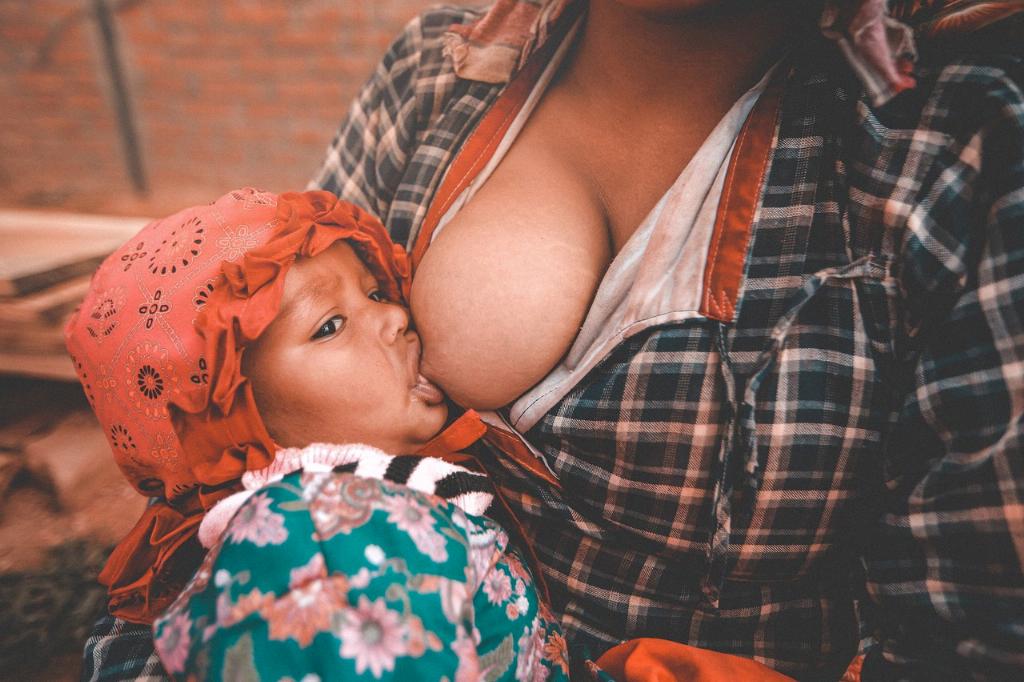Candida, a type of yeast, is known to cause infections in various parts of the body, including the nipples and milk ducts during breastfeeding. It can lead to symptoms such as nipple pain, redness, and itchiness for the mother, and oral thrush in the baby. It is crucial to address Candida infection promptly to prevent it from worsening and to ensure a smooth breastfeeding experience.
Simultaneous Treatment for Mother and Baby
When dealing with Candida infection while breastfeeding, it is essential for both the mother and the baby to receive treatment simultaneously. Even if one of them is asymptomatic, treating both parties helps prevent the infection from recurring and ensures an effective resolution of the issue.
Consulting with a Healthcare Provider
If you suspect that you or your baby has a Candida infection, it is important to consult with a healthcare provider. They can provide a proper diagnosis and recommend the most appropriate treatment plan based on the severity of the infection and individual circumstances.
Antifungal Medication for Candida Treatment
Antifungal medications are commonly prescribed to treat Candida infections. These medications help eliminate the yeast overgrowth and restore the natural balance of microorganisms in the affected areas. It is crucial to follow the prescribed dosage and duration of treatment to effectively get rid of the infection.
Continuing Breastfeeding During Treatment
It is important to note that breastfeeding can and should continue while undergoing treatment for Candida infection. The antifungal medication prescribed is typically safe for both the mother and the baby, and breastfeeding can provide comfort and support during this challenging time.
Maintaining Good Breastfeeding Hygiene
Proper breastfeeding hygiene is essential when dealing with a Candida infection. Ensuring that the nipples and breast are kept clean and dry can help prevent the spread of the yeast and aid in the healing process. Using disposable breast pads and breastfeeding bras can also help maintain hygiene.
Addressing Pain and Discomfort
If you experience pain or discomfort during breastfeeding due to Candida infection, there are steps you can take to alleviate the symptoms. Applying a warm compress to the affected area, using lanolin cream, and adjusting the baby’s latch can help improve comfort and promote healing.
Following Up with Healthcare Provider
After starting the treatment for Candida infection, it is essential to follow up with your healthcare provider as recommended. They can assess the progress of the treatment, address any concerns or new symptoms that may arise, and make any necessary adjustments to the treatment plan.
Supporting Breastfeeding Relationship
Dealing with a Candida infection while breastfeeding can be challenging, but it is important to remember that with proper treatment and support, you can overcome the infection and continue to breastfeed successfully. Seeking help from lactation consultants or support groups can provide valuable guidance and encouragement.
Preventing Recurrence of Candida Infection
To prevent the recurrence of Candida infection, it is essential to maintain good breastfeeding hygiene practices, ensure proper latch and positioning during breastfeeding, and monitor for any signs of infection. Taking steps to support your immune system and overall health can also help reduce the risk of future infections.
Ensuring Proper Nutrition and Hydration
Eating a balanced diet rich in nutrients and staying hydrated is essential for supporting your immune system and overall well-being while breastfeeding. Ensuring that you are getting adequate rest and self-care can also help in the recovery process from Candida infection.
Conclusion
Dealing with Candida infection while breastfeeding requires a comprehensive approach that addresses the needs of both the mother and the baby. By seeking timely medical attention, following the prescribed treatment plan, maintaining good breastfeeding hygiene, and seeking support when needed, you can effectively get rid of Candida infection and continue to enjoy a positive breastfeeding experience.

